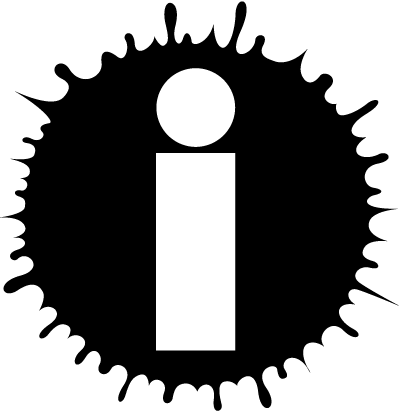HTML Text Formatting
HTML contains several elements for defining text with a special meaning.
Example:
This text is bold
This text is italic
This is subscript and superscript
HTML Formatting Elements
Formatting elements were designed to display special types of text.
<b> - Bold text, works similarly with {b}...{/b}
<strong> - Important text, works similarly with {b}...{/b}
<i> - Italic text, works similarly with {i}...{/i}
<em> - Emphasized text, works similarly with {i}...{/i}
<mark> - Marked text, works similarly with {highlight:yellow}...{/highlight}
<small> - Smaller text, works similarly with {size:2}...{/size}
<del> - Deleted text, works similarly with {x}...{/x}
<ins> - Inserted text, works similarly with {u}...{/u}
<sub> - Subscript text, works similarly with {sub}...{/sub}
<sup> - Superscript text, works similarly with {super}...{/super}
HTML <b> and <strong> Elements
The HTML <b> element defines bold text, without any extra importance.
Example:
<b>This text is bold</b>
The HTML <strong> element defines text with strong importance. The content inside is typically displayed in bold.
Example:
<strong>This text is important!</strong>
HTML <i> and <em> Elements
The HTML <i> element defines a part of text in an alternate voice or mood. The content inside is typically displayed in italic.
TIP: The <i> tag is often used to indicate a technical term, a phrase from another language, a thought, a ship name, etc.
Example:
<i>This text is italic</i>
yields: This text is italic
The HTML <em> element defines emphasized text. The content inside is typically displayed in italic.
TIP: A screen reader will pronounce the words in <em> with an emphasis, using verbal stress.
Example:
<em>This text is emphasized</em>
yields: This text is emphasized
HTML <small> Element
The HTML <small> element defines smaller text.
Example:
<small>This is some smaller text.</small>
yields: This is some smaller text.
HTML <mark> Element
The HTML <mark> element defines text that should be marked or highlighted.
Example:
<p>Do not forget to buy <mark>milk</mark> today.</p>
yields: Do not forget to buy milk today.
HTML <del> Element
The HTML <del> element defines text that has been deleted from a document. Browsers will usually strike a line through deleted text.
Example:
<p>My favorite color is <del>blue</del> red.</p>
yields: My favorite color is blue red.
HTML <ins> Element
The HTML <ins> element defines a text that has been inserted into a document. Browsers will usually underline inserted text.
Example:
<p>My favorite color is <del>blue</del> <ins>red</ins>.</p>
yields: My favorite color is blue red
HTML <sub> Element
The HTML <sub> element defines subscript text. Subscript text appears half a character below the normal line, and is sometimes rendered in a smaller font. Subscript text can be used for chemical formulas, like H2O.
Example:
<p>This is <sub>subscripted</sub> text.</p>
yields: This is subscripted text.
HTML <sup> Element
The HTML <sup> element defines superscript text. Superscript text appears half a character above the normal line, and is sometimes rendered in a smaller font. Superscript text can be used for footnotes, like WWW[1].
Example:
<p>This is <sup>superscripted</sup> text.</p>
yields: This is superscripted text. |

